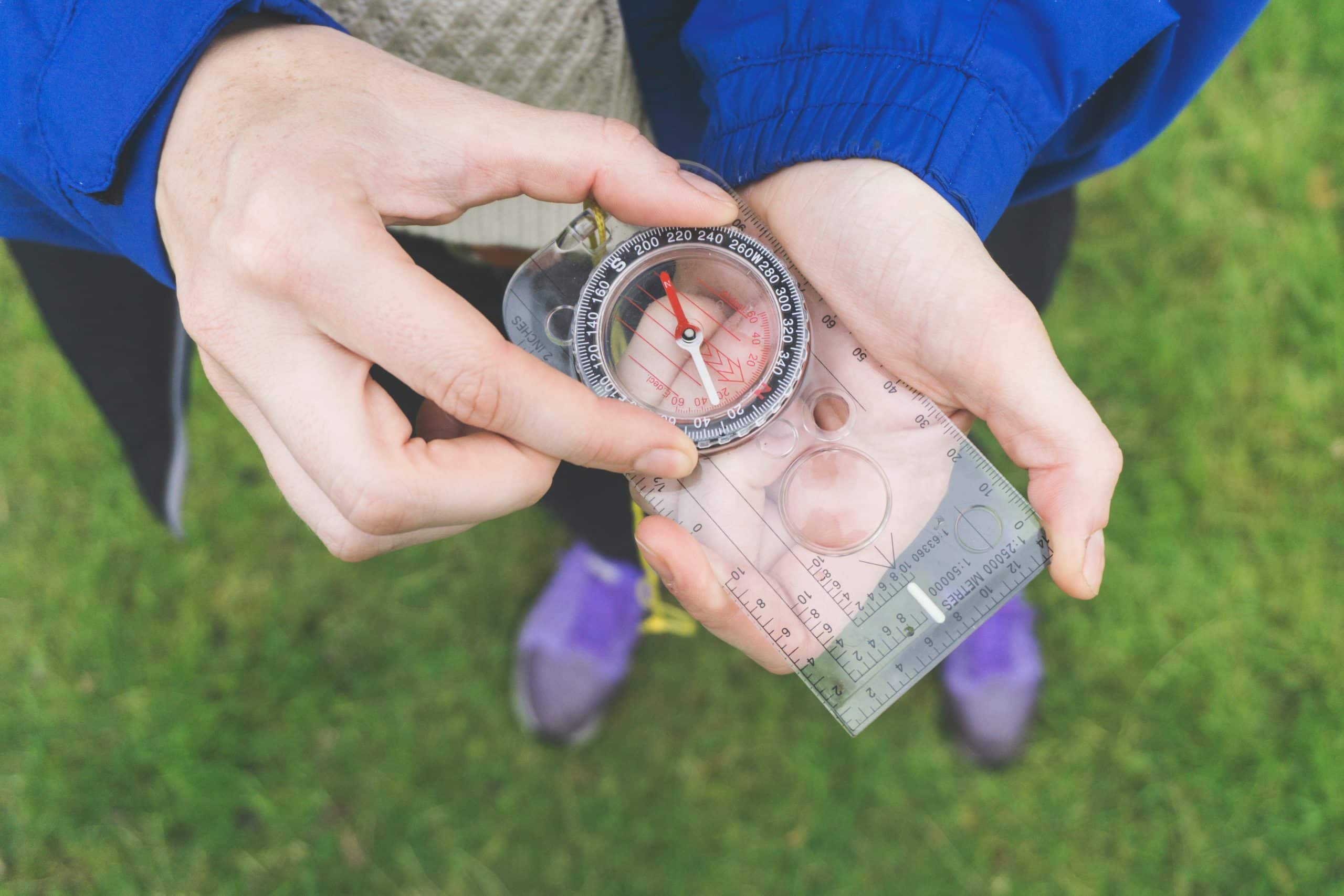In a world where technology permeates every aspect of our lives, the real estate industry is no exception. Virtual and augmented reality technologies have revolutionized the way real estate agents engage with potential clients, offering immersive and interactive experiences that far outweigh traditional marketing methods. Mixed reality has the potential to reshape not only real estate marketing but also the design process, creating a more efficient and engaging way for clients to visualize properties. This article will delve into how you can leverage these technologies to enhance both your real estate design process and client engagement.
The Intersection of Reality and Technology: Mixed Reality in Real Estate
If you’ve ever wondered what it would be like to walk through a property without leaving your office, then you’ve envisioned the experience that mixed reality technology can create. Mixed reality, which combines elements of both real and virtual environments, provides an interactive and immersive experience that can transform the way you showcase properties and engage clients.
A lire aussi : How to leverage mixed-reality technologies for real estate design and client engagement?
Interactive virtual tours allow potential clients to explore properties at their own pace and from the comfort of their homes. They can virtually step into each room, get a feel for the layout, and even visualize how their own furniture would fit into the space. This not only saves time for both agents and clients but also broadens your reach to potential clients who might be looking at properties in different cities or countries.
Augmented reality, on the other hand, can superimpose virtual objects onto the real world, allowing clients to see how a property could look with different furniture, paint colors, or design elements. This can be an invaluable tool in the design process, helping clients to visualize the potential of a property and make more informed decisions.
Lire également : What are the best practices for water-efficient real estate development in arid regions?
Embracing the Virtual: The Impact of VR on Real Estate Design
The design phase of any real estate project can be a complex and time-consuming process. However, virtual reality (VR) technology has the potential to streamline this process, making it more efficient and interactive.
With VR, architects and designers can create virtual prototypes of their designs, enabling them to explore and refine them in a fully immersive 3D environment. This can help to identify potential issues or improvements earlier in the design process, saving time and reducing costs.
For clients, VR can offer a more tangible way to understand and engage with a design. Instead of trying to interpret 2D plans or renderings, clients can step into a virtual version of the property, experiencing the space as if it were real. This can help to alleviate any uncertainties and ensure that the final design meets the client’s expectations.
Utilizing the Augmented: AR as a Powerful Marketing Tool
While VR can revolutionize the design process, augmented reality (AR) can be a powerful tool for marketing and client engagement. AR technology can superimpose virtual images onto the real world, creating an enhanced version of reality that can be viewed through a smartphone or tablet.
For real estate agents, AR can provide a unique way to showcase properties. Instead of simply showing clients photos or videos of a property, agents can use AR to create immersive, interactive tours. Clients can virtually walk through the property, exploring each room and even visualizing how their own furniture would fit into the space.
AR can also be used to enhance print marketing materials, such as brochures or posters. By scanning a QR code with their smartphone, potential clients can unlock interactive content, such as 3D models of a property or virtual tours. This can help to make your marketing materials more engaging and memorable, increasing the likelihood that potential clients will take the next step and contact you for more information.
Crafting Immersive Experiences: The Future of Real Estate and Mixed Reality
As technology continues to evolve, so too will the ways in which we use it to interact with the world around us. In the realm of real estate, mixed reality technologies like VR and AR have the potential to not only enhance the design process but also to create more engaging and immersive experiences for clients.
Looking ahead, we can expect to see these technologies becoming even more integrated into the real estate industry. Virtual walkthroughs could become the standard for property viewings, with potential clients able to explore properties in detail from the comfort of their homes. Augmented reality could be used to create interactive property brochures, with potential clients able to unlock additional content or features through their smartphones.
With all these technological advancements, the key will be to ensure that they are used to enhance, rather than replace, the personal touch that is so important in real estate. After all, while technology can provide a wealth of information and visual stimulation, it’s the personal connections and relationships that ultimately seal the deal.
Advancing Architectural Design and Decision Making: VR and AR in Real Estate
The prospects of virtual reality and augmented reality in the real estate industry are boundless. These technologies have the potential to significantly streamline the architectural design and decision-making process.
Virtual Reality (VR) allows for real-time visualizations of architectural designs. This technology enables architects to create, manipulate, and interact with their designs in a virtual environment. VR can facilitate real-time design iteration, allowing architects to make changes on the fly and immediately see the effects of those changes. This drastically reduces the time spent on drafting and redrafting designs, thereby increasing productivity and efficiency.
For potential buyers, VR can provide an immersive experience unlike any other. They can virtually walk through a property, getting a real sense of the space and layout. This not only helps them visualize the property better, but also aids in informed decision making.
Augmented Reality (AR), on the other hand, bridges the gap between the digital and physical world. AR allows estate agents to overlay digital information onto the physical world, providing clients with additional context and information. This can be particularly useful when showing properties, as it allows clients to see potential changes to the estate in real time.
Furthermore, AR can be utilized in marketing strategies. By scanning a QR code on a brochure, potential clients can access virtual tours, 3D models, or other interactive content. This offers a novel and engaging way to attract and retain potential buyers.
Conclusion: Embracing the Future of Real Estate with Mixed Reality
As we move further into the digital age, mixed reality technology is set to become an integral part of the real estate industry. The combination of virtual and augmented reality offers estate agents a unique toolset for creating immersive experiences, streamlining the architectural design process, and employing innovative marketing strategies.
By leveraging VR, estate agents can now offer potential buyers a truly immersive experience of a property. This not only aids in decision making, but also saves time and resources by eliminating the need for physical viewings. AR, on the other hand, enhances the real-world view of a property, offering an enriched perspective that helps clients make more informed decisions.
Moreover, mixed reality can revolutionize real estate marketing. Estate agents can now create interactive digital marketing materials that offer a more engaging and memorable experience than traditional print materials.
As we look to the future, it’s clear that mixed reality technologies have the potential to significantly reshape the real estate industry. However, amidst all these technological advancements, it is critical to remember the human element. Technology, after all, is a tool that should enhance the personal connections and relationships that are at the heart of the real estate industry. The challenge lies in harnessing these technologies to offer better services to clients, while maintaining the personal touch that is so crucial in this industry.













